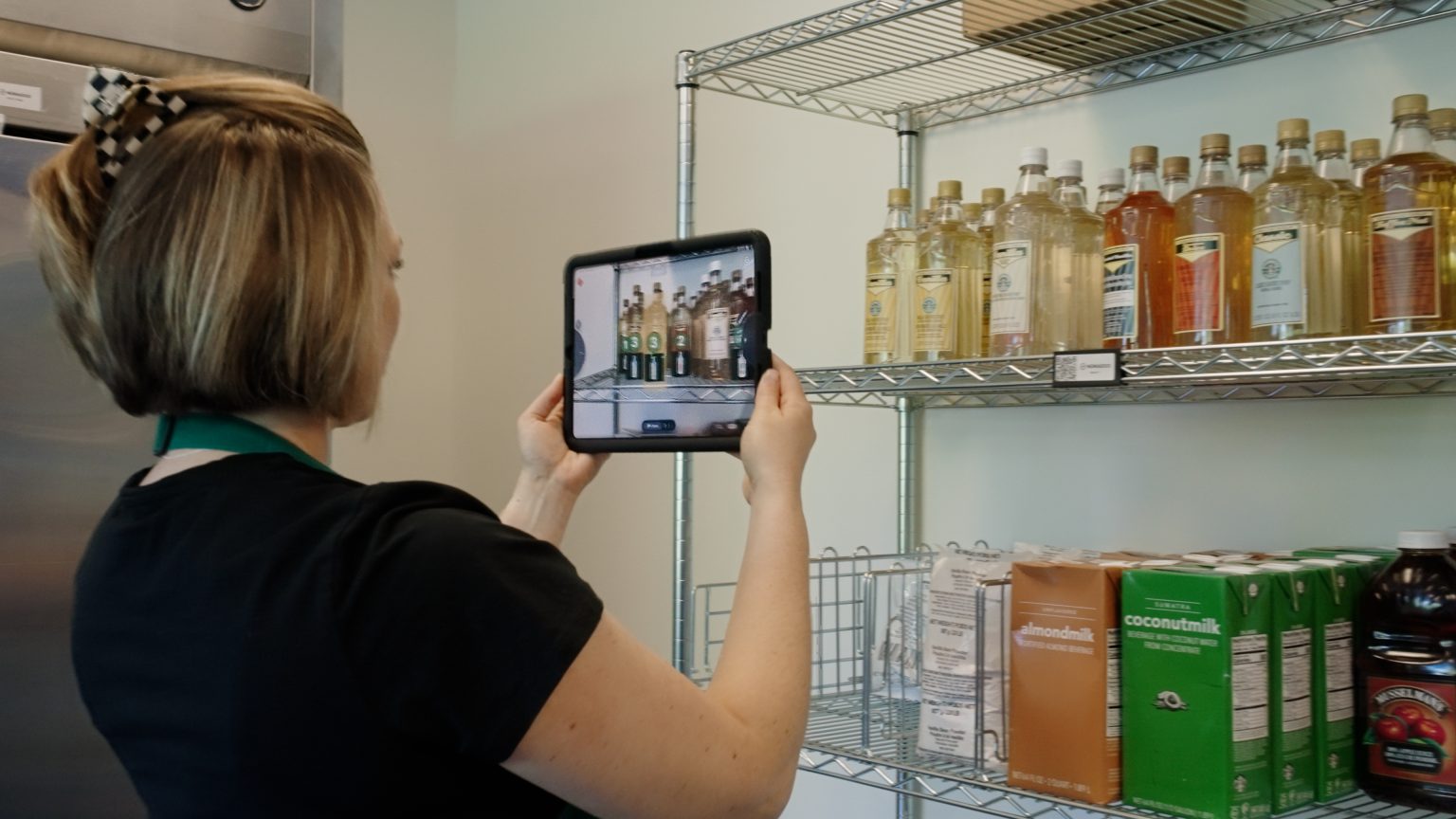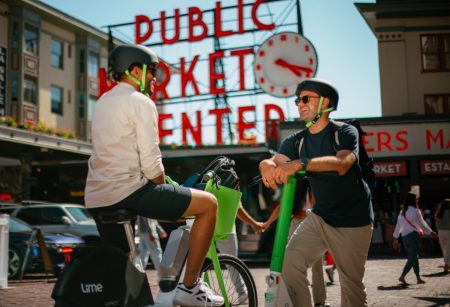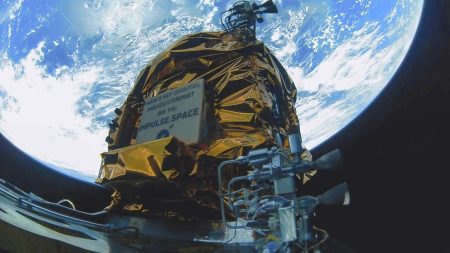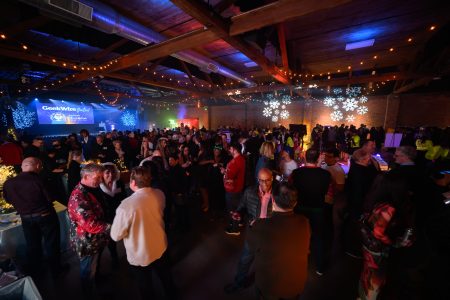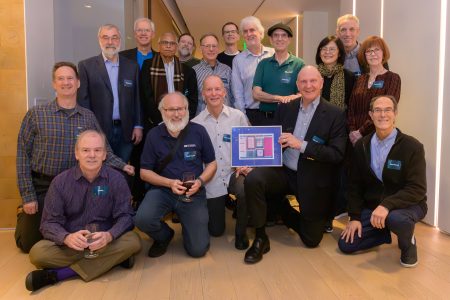Starbucks Revolutionizes Inventory Management with NomadGo’s Tech Innovation
In a significant move to modernize operations, Starbucks has announced a partnership with Redmond, Washington-based startup NomadGo to transform how employees manage inventory across their stores. This collaboration represents a fascinating intersection of cutting-edge technology and everyday retail operations, potentially changing the way one of the world’s largest coffee chains handles its behind-the-scenes processes. The new system combines mobile devices with NomadGo’s sophisticated software that leverages computer vision technology, spatial computing, and augmented reality to automate what has traditionally been a tedious, manual inventory counting process. What’s particularly impressive about this rollout is its scale and speed – the system is already operating in over 11,000 Starbucks locations throughout North America and is expected to be implemented in all company-operated stores by the end of September, signaling Starbucks’ serious commitment to technological advancement in retail operations.
NomadGo, founded in 2017, has built its reputation by developing innovative solutions for inventory management across food, beverage, and retail sectors. The company’s technology is notably practical in its approach – processing more than one million items daily by running directly on mobile devices to count items within rows, displaying results instantly, and synchronizing data with existing inventory management platforms. This seamless integration addresses a pain point that businesses have struggled with for generations. As NomadGo CEO David Greschler aptly put it, “Since the dawn of time, inventory has been a manual, tedious, and inaccurate task. We’ve transformed it to be automated, intelligent, and fun with a company mission to count everything of value in the world.” His statement captures both the historical challenge and the ambitious vision driving the company’s innovations, suggesting that what they’re doing at Starbucks may just be the beginning of a broader transformation in retail inventory management.
The partnership with Starbucks represents a significant milestone for NomadGo, which has shown remarkable adaptability in its relatively short history. During the COVID-19 pandemic in 2020, the company demonstrated its agility by pivoting to develop solutions that helped physical retailers measure store occupancy, density counts, and even monitor mask compliance and social distancing – all critical concerns during that challenging period. This adaptive capability speaks to the versatility of NomadGo’s core technology and the vision of its leadership team. The company was founded by David Greschler, a former Microsoft director, along with Jonah Friedl, who serves as chief product officer. Their tech expertise, combined with an understanding of retail challenges, has helped position NomadGo as an innovative player in the retail technology space. The company’s potential has been recognized by investors as well, having raised $1.5 million last year from backers including Cercano Management, Flying Fish, and Fitz Gate – a vote of confidence in their approach to solving longstanding retail operational challenges.
For Starbucks, the NomadGo partnership represents just one facet of a broader technological transformation underway at the coffee giant. Earlier this summer, the company introduced “Green Dot Assist,” a generative AI-powered assistant designed to help baristas with their daily tasks. This initiative, along with the inventory management solution from NomadGo, reflects Starbucks’ strategic emphasis on leveraging technology to enhance both front-of-house customer experience and back-of-house operational efficiency. The company is also implementing new technologies to improve order fulfillment and optimize staffing levels – all part of a comprehensive approach to modernizing its business operations. These investments suggest that Starbucks sees technology not merely as a cost-saving measure but as a strategic advantage in an increasingly competitive market, where operational efficiency can translate directly to better customer experiences and stronger financial performance.
The implementation of NomadGo’s technology at Starbucks highlights an important trend in retail: the growing importance of “unsexy” back-end innovations that nonetheless have significant impacts on business performance. While consumer-facing technologies like mobile ordering apps and digital loyalty programs often receive more attention, innovations in inventory management can substantially impact a company’s bottom line by reducing waste, improving stock accuracy, and freeing up employee time for customer service. For Starbucks baristas, this technology means less time counting coffee beans and more time crafting beverages and connecting with customers. It also potentially means more accurate ordering and less frequent out-of-stock situations – frustrations that can directly impact customer satisfaction. The human element of this technological advancement shouldn’t be overlooked; by automating mundane tasks, Starbucks is potentially enhancing not just operational efficiency but also employee satisfaction by allowing staff to focus on more rewarding aspects of their work.
Looking beyond Starbucks and NomadGo, this partnership exemplifies how artificial intelligence, computer vision, and augmented reality are finally delivering practical business applications after years of hype. These technologies are moving beyond novelty and experimental use cases to solve real-world problems that have plagued retail operations for generations. The successful deployment across thousands of Starbucks locations demonstrates that these technologies have matured to the point where they can be reliably implemented at scale in busy retail environments. As more retailers observe the benefits realized by early adopters like Starbucks, we’re likely to see similar technologies becoming standard across the retail industry. For consumers, the end result of these behind-the-scenes innovations may be subtle but meaningful: stores that more consistently have the products they want in stock, employees who have more time to provide personalized service, and potentially even more competitive pricing as retailers realize operational savings. While counting inventory items may not seem revolutionary on the surface, the way Starbucks and NomadGo are approaching this age-old challenge represents a significant step forward in retail operations that could ultimately transform the shopping experience in ways both visible and invisible to the average consumer.




